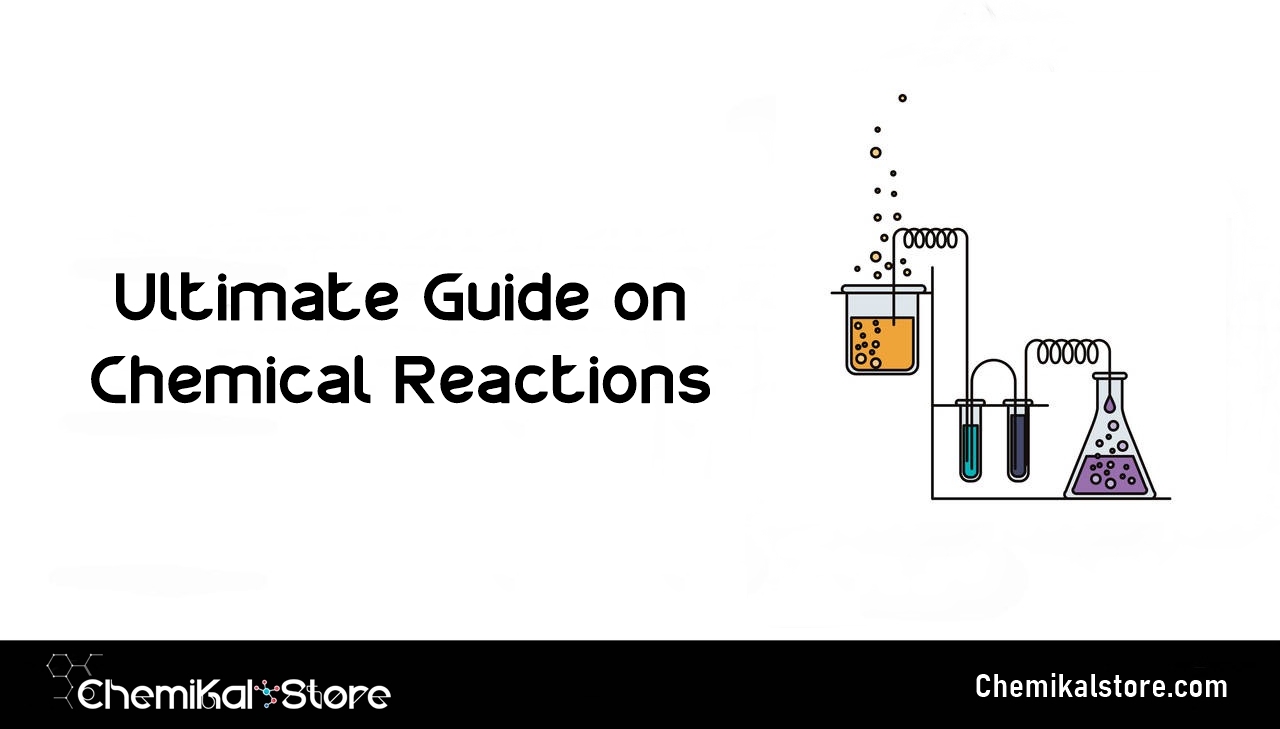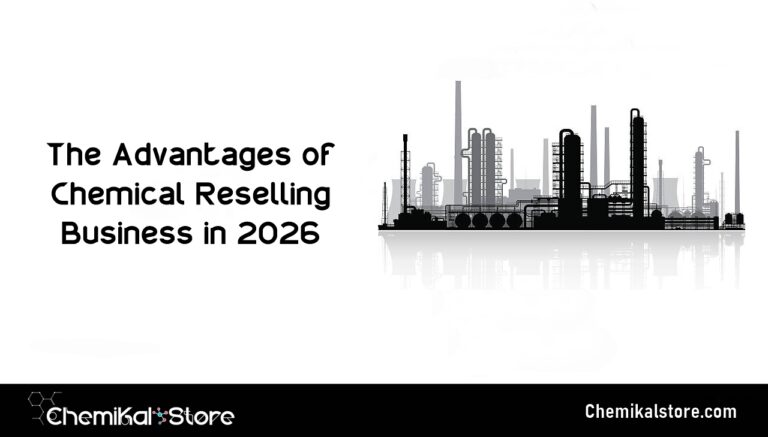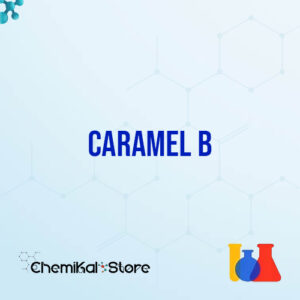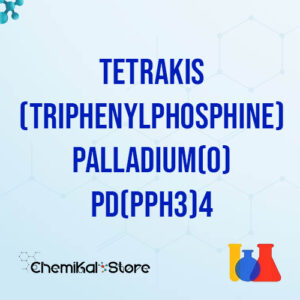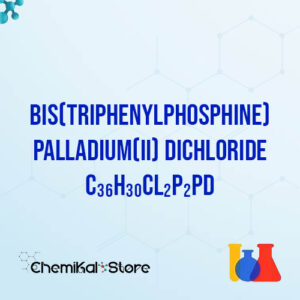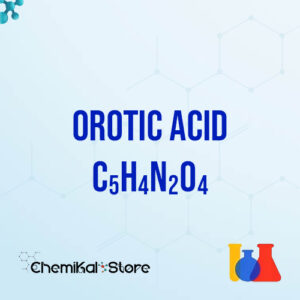Chemical reactions are fundamental processes in chemistry that transform substances into new products. Understanding how and why these reactions occur is crucial for students, researchers, and professionals in science-related fields. This guide provides a comprehensive overview of chemical reactions, their types, mechanisms, and real-world applications.
A chemical reaction involves the breaking and forming of chemical bonds, resulting in the conversion of reactants into products. During this process, atoms are rearranged, and energy is either absorbed or released.
-
: Substances that undergo change.
-
: New substances formed as a result of the reaction.
-
: Representation of a chemical reaction using symbols and formulas.
2H2+O2→2H2O
This equation shows hydrogen and oxygen reacting to form water.
1.
Two or more simple substances combine to form a more complex product.
:
A + B → AB
:
N₂ + 3H₂ → 2NH₃
2.
A compound breaks down into two or more simpler substances.
:
AB → A + B
:
2H₂O → 2H₂ + O₂
3.
One element replaces another in a compound.
:
A + BC → AC + B
:
Zn + 2HCl → ZnCl₂ + H₂
4.
Ions in two compounds exchange places.
:
AB + CD → AD + CB
:
AgNO₃ + NaCl → AgCl + NaNO₃
5.
A substance reacts rapidly with oxygen, releasing energy in the form of light or heat.
:
Hydrocarbon + O₂ → CO₂ + H₂O
:
CH₄ + 2O₂ → CO₂ + 2H₂O
| Type | General Formula | Example Reaction |
|---|---|---|
| Synthesis | A + B → AB | 2Na + Cl₂ → 2NaCl |
| Decomposition | AB → A + B | 2KClO₃ → 2KCl + 3O₂ |
| Single Displacement | A + BC → AC + B | Fe + CuSO₄ → FeSO₄ + Cu |
| Double Displacement | AB + CD → AD + CB | BaCl₂ + Na₂SO₄ → BaSO₄ + 2NaCl |
| Combustion | Hydrocarbon + O₂ → CO₂ + H₂O | C₃H₈ + 5O₂ → 3CO₂ + 4H₂O |
-
: Reactions may be exothermic (release energy) or endothermic (absorb energy).
-
: Indicates a new substance is formed.
-
: Bubbles or fumes may appear.
-
: A solid forms from the reaction of two solutions.
-
: The system may heat up or cool down.
-
: Higher concentration usually increases reaction rate.
-
: Raising temperature generally speeds up reactions.
-
: Substances that speed up reactions without being consumed.
-
: Finely divided materials react faster.
-
: Affects reactions involving gases.
-
Change in color
-
Formation of a gas (bubbling)
-
Formation of a precipitate (solid)
-
Change in temperature
-
Emission of light or sound
Balancing chemical equations ensures the same number of atoms for each element on both sides of the equation. This follows the law of conservation of mass.
:
-
Write the unbalanced equation.
-
Count the number of atoms of each element on both sides.
-
Adjust coefficients to balance atoms.
-
Check your work.
| Unbalanced Equation | Balanced Equation |
|---|---|
| H₂ + O₂ → H₂O | 2H₂ + O₂ → 2H₂O |
| Fe + O₂ → Fe₂O₃ | 4Fe + 3O₂ → 2Fe₂O₃ |
| C₃H₈ + O₂ → CO₂ + H₂O | C₃H₈ + 5O₂ → 3CO₂ + 4H₂O |
-
: Plants convert carbon dioxide and water into glucose and oxygen.
-
: Cells break down glucose for energy.
-
: Ammonia production, polymerization, and metallurgy.
-
: Cooking, cleaning, and combustion in engines.
-
Always wear protective equipment like gloves and goggles.
-
Work in well-ventilated areas.
-
Follow proper disposal procedures for chemicals.
-
Read and understand safety data sheets before starting any experiment.
Conclusion
Chemical reactions are at the heart of both natural processes and technological advancements. By understanding their types, mechanisms, and influencing factors, one can appreciate their significance in science and industry. Mastery of chemical reactions enables innovation, problem-solving, and safe application in various fields.

